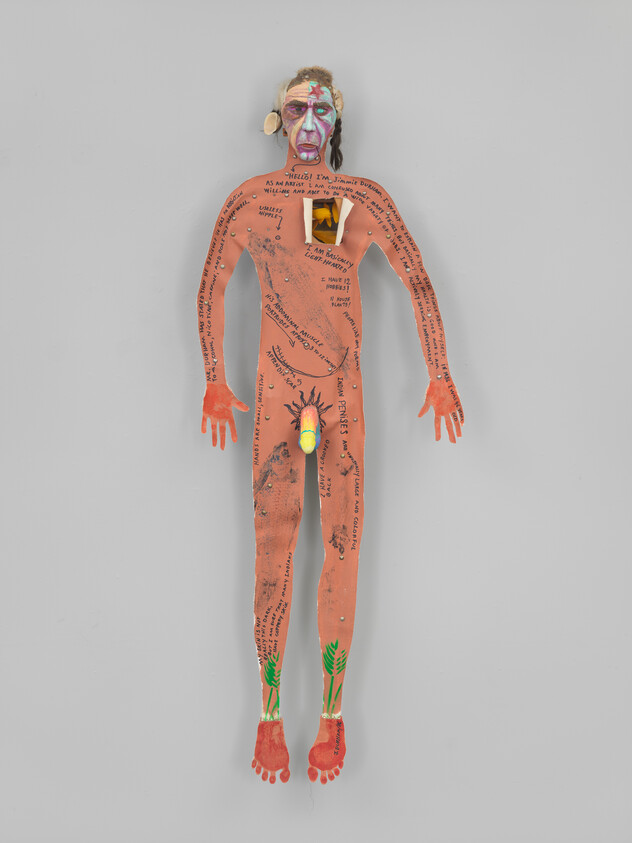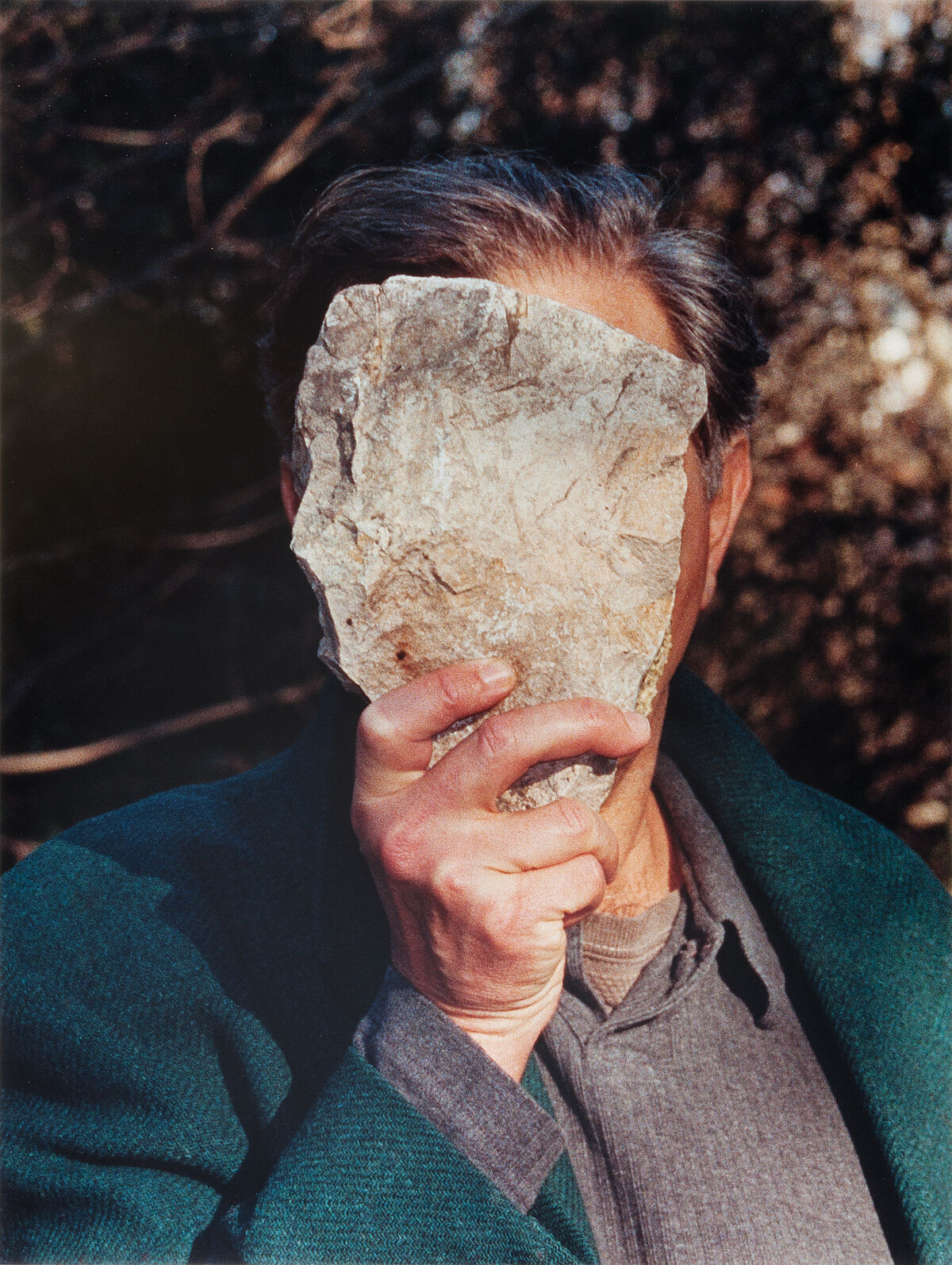Arc de Triomphe for Personal Use, 1996
Oct 30, 2017
0:00
Arc de Triomphe for Personal Use, 1996
0:00
Laura Phipps: This is a work that Durham did well into his time living in Europe. And one of the things that spending time, and making work, and living in Europe brought to his attention was the use of architecture as sort of a way of describing culture, and the fact that there's this monumentality to a lot of European architecture.
He created this Arc de Triomphe for Personal Use to play with that idea. The work itself can fold up into sort of a small portable piece of art. It's almost like carrying around this monumentality with you, allowing an individual to carry around a history or their own personal successes or triumphs as a work of art.
Narrator: This sculpture’s portability reflects the artist’s refusal to tie himself definitively to any single place or group.
Jimmie Durham: I don't want to be of any group of people. I think now, in Europe, there is hardly another moral stance. If that's true in Europe, it's certainly true in much of the world.
I want something broader, something deeper than a fight of these people against these people.
At this point in my life, the recent illegal immigrant in Italy is my best friend and my brother or sister. That has to be the case. It has to be the case for everyone in Italy. It has to be.
Narrator: This is the last stop on our tour. You can keep exploring Durham’s work in the outdoor gallery on Floor 5, and in the Museum’s central stairwell.


